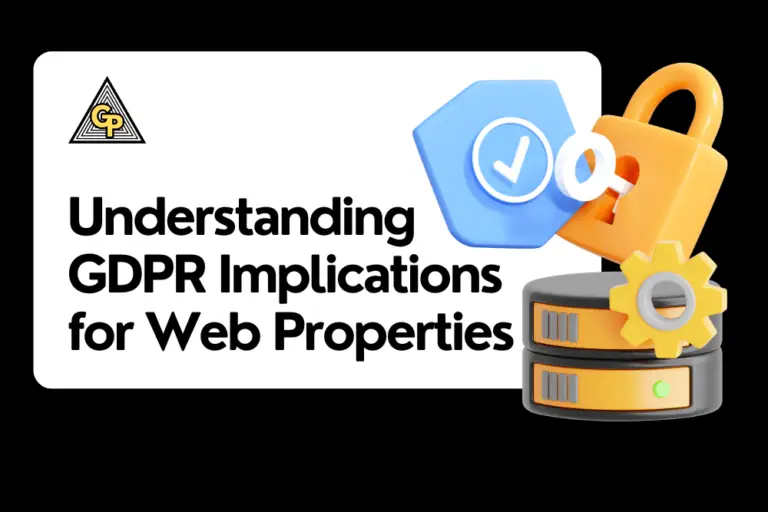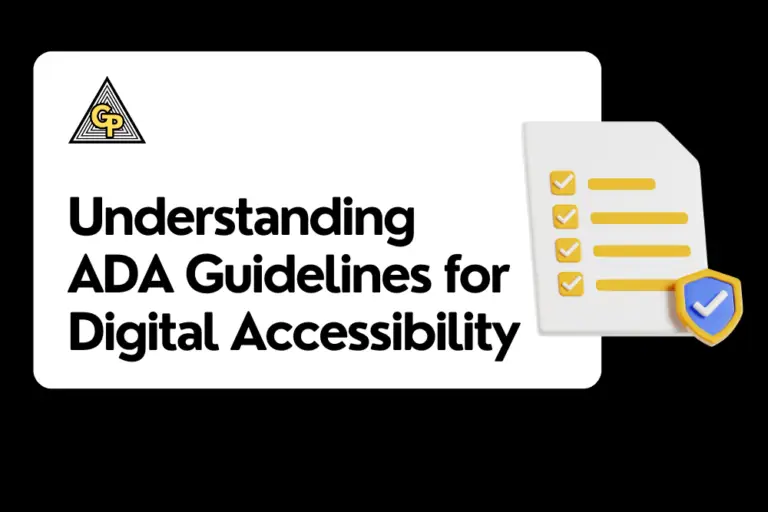Create Location Pages Guide - Boost Your Online Visibility
Welcome to our comprehensive Location Pages Creation Guide – Boost Your Online Visibility. In the digital age, having a strong online presence is more crucial than ever, especially for local businesses, aiming to attract local customers. This guide is meticulously designed to walk you through the essentials of creating effective, SEO-optimized location pages that not only enhance your website’s visibility in local search engine results but also offer a better user experience for potential customers. Whether you’re a small business owner, marketer, or SEO specialist, the insights and tips shared here will empower you to leverage location-based marketing to its fullest potential.
What are location pages?
Location pages, also referred to as web page, store pages or branch or service pages here, play a crucial role in online visibility for businesses by offering detailed information about their physical locations or branches. These web pages are strategically crafted to cater to local search queries, ensuring users have access to comprehensive details about each location. This includes specific address listings, contact information, operating hours, and distinctive features or services available at each branch, enhancing the overall user experience.
What information should be included on a location page?
Key information to include on a location page typically includes:
- Business name
- Address (including street address, city, state, and zip code)
- Phone number
- Business hours
- Description of the location (e.g., amenities, services)
- Directions or map showing the location
- Photos or virtual tours of the location
- Customer reviews or testimonials specific to the location
- Any special promotions, events, or offers available at that location
How many location pages should I create?
The number of location pages you should create depends on the number of physical locations or branches your brick and mortar locations or business operates. Each physical location typically warrants its own dedicated location page on your website. This ensures that users searching for information about a specific location or local business can easily find accurate and relevant details.
However, there are a few factors to consider when determining how many location pages to create:
- Number of Locations: The most obvious factor is the actual number of physical locations your business has. Each location should have its own page to provide users with specific details about that particular branch.
- Geographic Coverage: Consider the geographic coverage area of your business. If your locations are spread out across a wide area, you may need more location pages to adequately serve users in different regions.
- Unique Information: If each location offers unique services, features, or amenities, it’s essential to create separate location pages to highlight these distinctions. This allows you to tailor the content to the specific needs and interests of users in each location.
- Search Volume: Analyze the search volume and demand for your business in each location. If certain locations are more popular or receive higher search volumes, it may justify creating more detailed and optimized location pages to capture that traffic.
- Usability and Navigation: Consider the usability and navigation of your website. Too many location pages can clutter your site’s navigation menu and overwhelm users. Strike a balance between providing sufficient information and maintaining a user-friendly browsing experience.

Sign up for a FREE SEO Audit today!



How do I optimize location pages for SEO?
To optimize location pages for SEO, consider the following search engine optimization strategies:
- Incorporate location-specific keywords naturally throughout the page’s content, meta tags, and headings.
- Optimize title tags and meta descriptions to include the location name and relevant keywords.
- Include schema markup to provide search engines with structured data about the location, such as address, phone number, and business hours.
- Ensure consistency in NAP (Name, Address, Phone Number) information across all location pages and online directories.
- Optimize images with descriptive filenames and alt tags that include location keywords.
- Include internal links to and from other relevant pages on your website, including your homepage and other location pages.
How can I make my location pages stand out?
To make your location and local landing pages stand out, consider adding unique and compelling content that highlights the distinct features, services, or offerings of each location. Incorporate customer testimonials, photos, or videos that showcase the atmosphere, staff, or amenities of the location. Additionally, consider optimizing the landing page for local keywords and including relevant information that addresses the specific needs and interests of local users.
How do I track the performance of my location pages?
Tracking the performance of your location pages is essential to understand how they are performing and to identify areas for improvement. Here are some methods to track the performance of your location pages:
- Google Analytics: Use Google Analytics to monitor key metrics related to your location pages, such as traffic, bounce rate, average session duration, and conversion rate. Set up specific goals or events to track user interactions on your location pages, such as clicks on contact information or directions.
- Google Search Console: Monitor your location pages in Google Search Console to track search impressions, clicks, and average position in search results. This tool provides valuable insights into how your location pages are performing in Google search and allows you to identify opportunities for optimization.
- Local SEO Tools: Utilize local SEO tools like Moz Local, BrightLocal, or SEMrush to track local search rankings, citations, and online visibility for your location pages. These tools can help you monitor your local search performance and compare it to competitors.
- Online Reviews and Ratings: Keep track of online reviews and ratings for each location to gauge customer satisfaction and reputation. Monitor review platforms like Google My Business, Yelp, and Facebook for new reviews and respond promptly to address any feedback or concerns.
- Call Tracking: Implement call tracking software to monitor phone calls generated from your location pages. By assigning unique phone numbers to each location page, you can track the number of calls, call duration, and caller demographics to measure the effectiveness of your location-based marketing efforts.
- Heatmaps and User Behavior Analysis: Use heatmaps and user behavior analysis tools to understand how users interact with your location pages. Heatmaps can show where users are clicking, scrolling, or spending the most time on your pages, providing valuable insights into user engagement and behavior.
- Conversion Tracking: Set up conversion tracking for your location pages to measure specific actions or goals completed by users, such as form submissions, appointment bookings, or store visits. This allows you to quantify the impact of your location pages on business outcomes and ROI.
Can I just duplicate content for multiple location pages?
No, duplicating content across multiple location pages is not recommended as it can harm your website’s SEO performance. Search engines may view duplicate content across one page optimization in multiple locations, as low-quality or spammy, resulting in lower rankings or even penalties. Instead, ensure that each location page contains unique and valuable content that provides users with relevant information about that specific location.
Can location pages help with Google My Business listings?
Yes, location pages play a vital role in complementing Google My Business (GMB) listings. By using up to date information and offering further information and context about each location, these pages serve as an essential resource for users seeking detailed insights into your business. Linking your GMB listing to the corresponding location page on your website not only enhances the user experience but also ensures that visitors can access comprehensive information that showcases the uniqueness of each location. This strategic approach fosters a stronger connection with your audience and helps them make informed decisions when engaging with your brand.
Why are location pages important for my business?
Location pages play a vital role for businesses with multiple physical locations by significantly boosting local search visibility. These dedicated pages not only offer users relevant and accurate information but also elevate the overall user experience. Through the creation of comprehensive and effective location pages, businesses can precisely target local search queries, draw in local customers, and effectively increase foot traffic to each individual location. This strategic approach of high performing location pages ensures that businesses maximize their online presence and reach their target audience with precision.
Should location pages be included in my website's navigation?
Yes, incorporating location pages within your website’s navigation structure can significantly enhance user experience by providing detailed information about each location. By creating location pages and including a dedicated section such as “Locations” or “Our Stores” in your navigation menu, visitors can effortlessly navigate to specific location pages tailored to their specific region. This strategic approach not only boosts usability but also streamlines access to essential information regarding your business’s physical presence across different areas, ultimately fostering a more seamless user journey.
Conclusion
In conclusion, location pages are crucial for businesses with multiple physical locations as they significantly enhance local search visibility, user experience, and customer engagement. By optimizing these pages with unique and relevant content, tracking their performance, and integrating them into your website’s navigation structure, you can effectively leverage local keyword to their full potential to get local visibility and attract and convert local customers. With the increasing emphasis on localized marketing strategies










